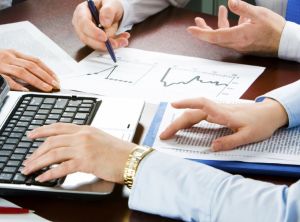Analytics, Baltic, Economics, Export, Investments, Markets and Companies
International Internet Magazine. Baltic States news & analytics
Saturday, 27.04.2024, 01:21
Lithuania’s GDP to grow at slowest pace in Baltic countries in 2015
 Print version
Print version |
|---|
The Baltic countries were still coping with the negative effects of the Russian food embargo and the general slowdown in the Russian economy, but signs of the economic bouncing back were already visible and should pave the way for more robust growth in 2016, the bank said in its latest Emerging Markets Briefer.
Lithuania’s economy is projected to grow by 1.7% this year and the growth should accelerate to 2.8% next year and should speed further up to 3.3% in 2017. Latvia’s GDP is expected to grow by 2.5%, 3% and 3.2% and Estonia’s – by 1.8%, 2.7% and 2.9%, respectively.
According to Danske Bank’s analysts, the growth of all three Baltic economies was mainly driven by private consumption in 2015. At the same time, strong domestic demand in Lithuania also contributed to a very rapid rise in import growth, which, despite the growth of exports, led to a negative change in the trade balance, which was the main contributor to weaker economic growth in the country.
As estimated by the bank’s analysts, private consumption in Lithuania should grow by 4.9% in 2015, by 4.5% in 2016 and by another 4.7% in 2017. Investment, driven by the construction boom, especially the national renovation program of the old Soviet apartment buildings, is expected to soar by 9.6% in 2015. In 2016 and 2017, investment growth should slow down considerably, to 2.1% and 5.8%, respectively.
This year, Lithuania should record the average annual inflation of minus 0.7% but the deflationary trends should fade out next year, which would bring the average annual inflation to 1.2% in 2016 and to 2.1% in 2017.








 «The Baltic Course» Is Sold and Stays in Business!
«The Baltic Course» Is Sold and Stays in Business!

